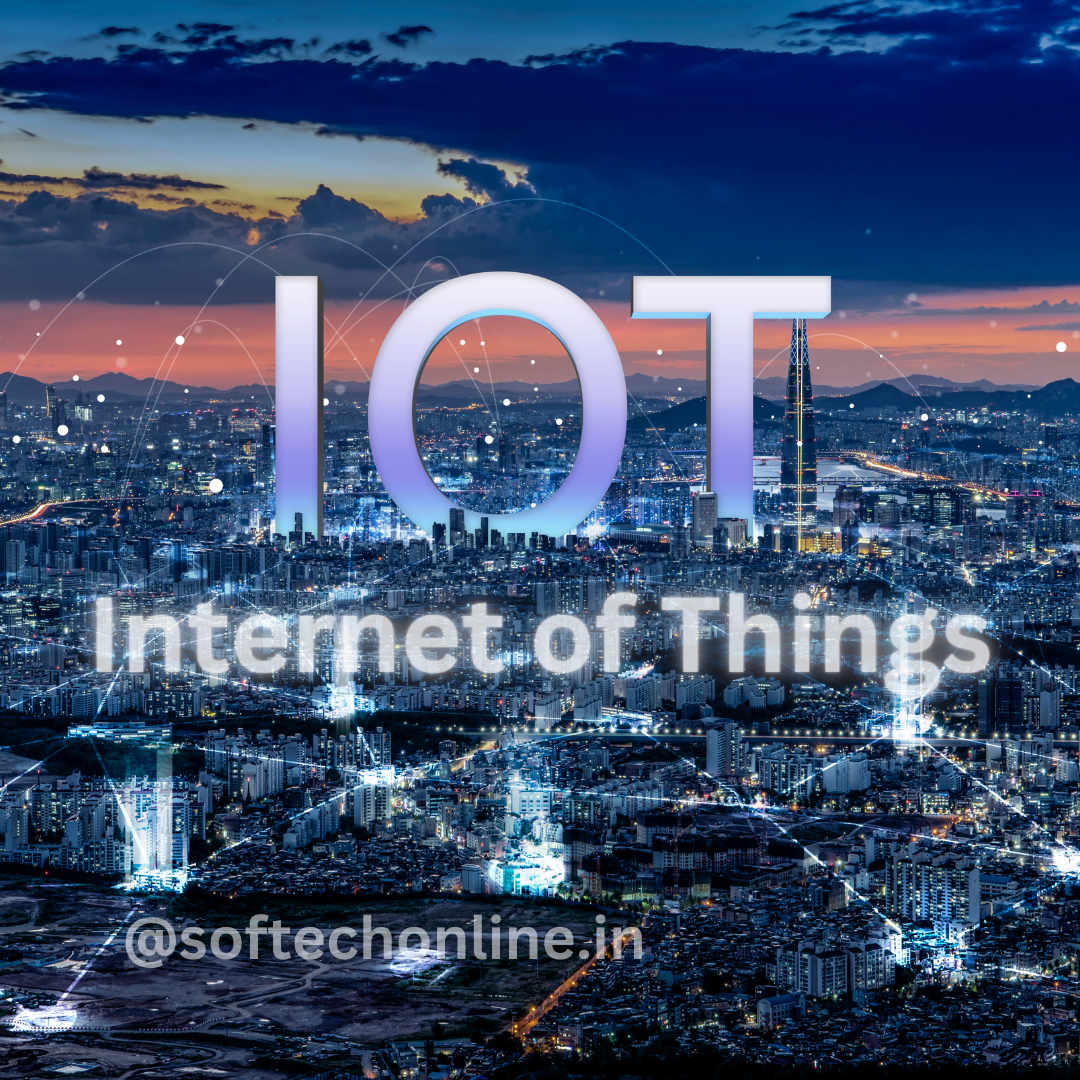When you hear the term “Internet of Things” or IoT, you may wonder what it actually means and how it impacts our daily lives. In simple terms, the Internet of Things refers to the network of physical devices, vehicles, appliances, and other objects that are connected and can exchange data over the internet.
Imagine a world where your alarm clock not only wakes you up but also notifies your coffee machine to start brewing your favorite blend. Or a scenario where your refrigerator automatically adds items to your shopping list when they run out. These are just a few examples of how IoT technology is revolutionizing our lives.
How Does IoT Work?
IoT devices are equipped with sensors and software that enable them to collect and exchange data. These devices are connected to the internet, allowing them to communicate with each other and with us. The data collected by these devices can be analyzed and used to make informed decisions or automate certain tasks.
For example, a smart thermostat can monitor the temperature in your home and adjust it accordingly to ensure optimal comfort and energy efficiency. It can also learn your preferences and create a personalized schedule to save energy when you’re away.
Examples of IoT in Everyday Life
IoT technology has already made its way into various aspects of our daily lives. Here are a few examples:
1. Smart Home Devices
Smart home devices, such as voice-activated assistants like Amazon Echo or Google Home, are becoming increasingly popular. These devices can control various aspects of your home, from turning on lights to adjusting the thermostat, all through voice commands.
2. Wearable Devices
Wearable devices like fitness trackers and smartwatches are another example of IoT in action. These devices collect data about your physical activity, heart rate, and sleep patterns, providing valuable insights into your health and well-being.
3. Connected Cars
The automotive industry has embraced IoT technology to enhance the driving experience. Connected cars can provide real-time traffic updates, monitor vehicle performance, and even enable remote control of certain functions, such as locking or unlocking the doors.
4. Smart Cities
IoT is also being used to create smart cities that are more efficient and sustainable. For example, sensors placed throughout the city can monitor air quality, traffic flow, and waste management, allowing for better resource allocation and improved quality of life for residents.
5. Healthcare Applications
In the healthcare industry, IoT devices are being used to monitor patients remotely and provide personalized care. For instance, wearable devices can track vital signs and send alerts to healthcare professionals in case of any abnormalities.
The Future of IoT
The Internet of Things is still in its early stages, and its potential is vast. As technology continues to advance, we can expect to see even more integration of IoT devices into our daily lives. From smart cities to connected industries, the possibilities are endless.
However, it’s important to consider the potential challenges and risks that come with IoT, such as data privacy and security concerns. As more devices become connected, ensuring the protection of personal information and preventing unauthorized access will be crucial.
In conclusion, the Internet of Things has the power to transform the way we live and interact with our surroundings. By connecting everyday objects and enabling them to communicate, IoT technology opens up new possibilities for convenience, efficiency, and improved quality of life.
